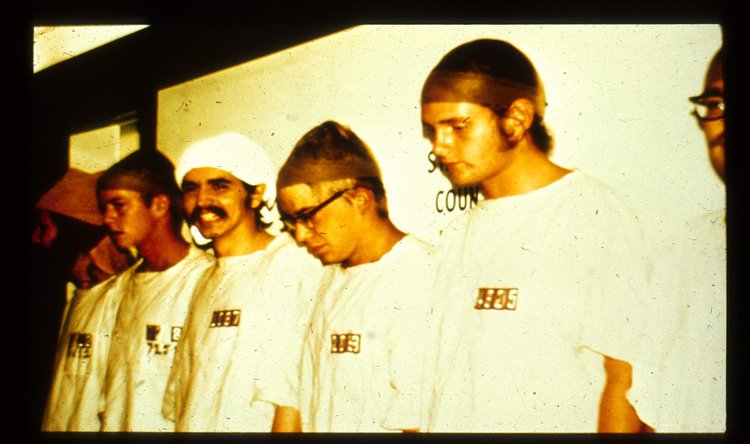 My New Year's resolution is this: To be more observant.
My New Year's resolution is this: To be more observant.
Recently, my family downshifted from living in a city neighborhood behind two national sports team stadiums (oh, the fireworks--they never ceased!) to living in a little house on a 23-acre farm in rural Tennessee.
Now, I find myself walking and listening again in a way that had been degraded by the rhythm of taxi-airport-work-airport-taxi-home. This morning as I walked along a muddy gravel road, instead of the dull thuds of a souped up Lincoln Navigator thumping Hip Hop beats, I heard what turned out to be two teenage boys galloping up the ridge on horseback.
Jan Chip is an extreme observer. As Principal Researcher in the Mobile HCI Group at Nokia Research, Jan divides his time between running user studies and developing new applications, services and products. As he writes, "If I do my job right, you'll be using the product 3 to 15 years from now."
 In the majority of culture that his team studied, three objects were considered essential across all participants, cultures and genders were keys, money and mobile phone.
In the majority of culture that his team studied, three objects were considered essential across all participants, cultures and genders were keys, money and mobile phone.
(Read Jan's essay Why We Carry Mobile Phones).
 But his job (and personal obsession) is observing The Now through the eyes of an ethnologist. Whether beer bottles discarded at Tibetan holy sites, playfully designed rat traps in Asian airports, or the menu of a Chinese "greasy spoon" (rats again!), or international rubbish collection norms, Jan's eye catches the easy-to-miss details and strings them into deep cultural patterns.
But his job (and personal obsession) is observing The Now through the eyes of an ethnologist. Whether beer bottles discarded at Tibetan holy sites, playfully designed rat traps in Asian airports, or the menu of a Chinese "greasy spoon" (rats again!), or international rubbish collection norms, Jan's eye catches the easy-to-miss details and strings them into deep cultural patterns.
His blog, Future Perfect, is inspired by the traveling research required by his day job, but Jan admits, "The material that you see on this site is what I do in my spare time - the stuff that inspires or challenges me, helps me understand how the future might turn out."











